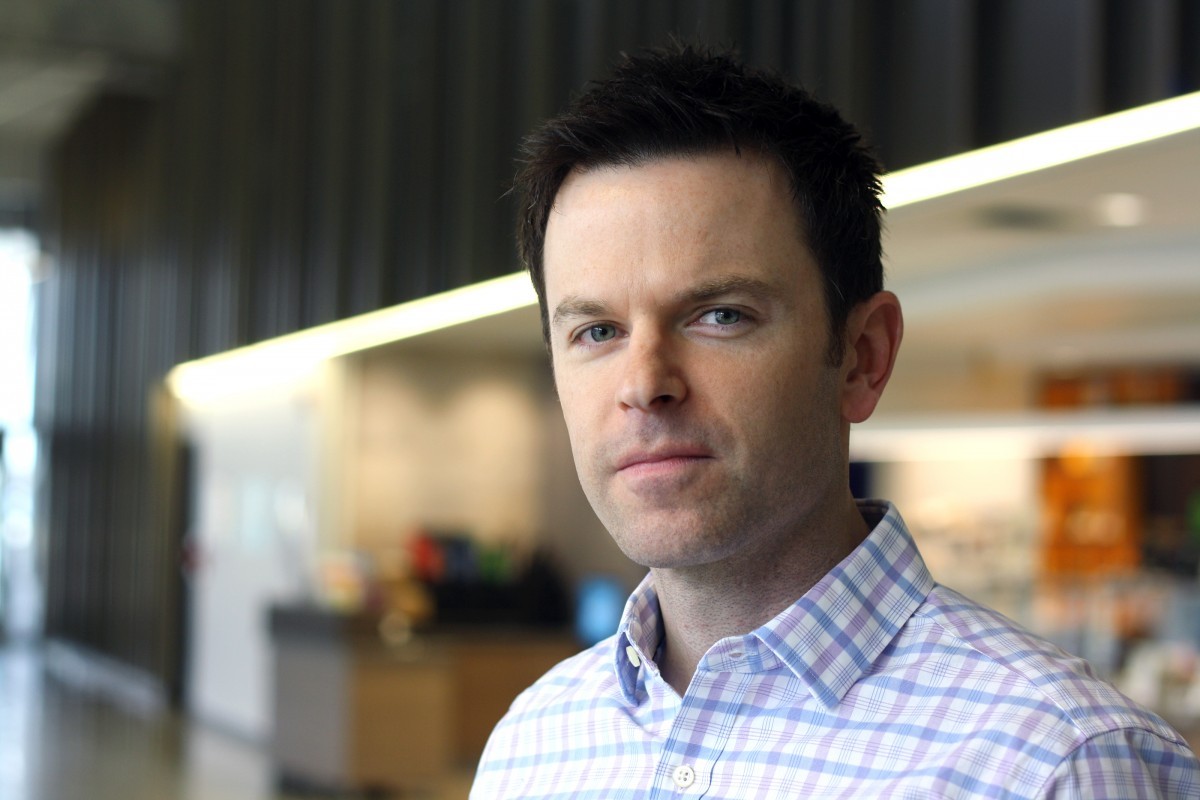
The long-term goal of Singer’s research is to enable the development of targeted interventions and technologies to help individuals maintain or regain independent mobility and reduce the risk of falls // photo: Garrick Kozier
Balancing Act
U of M prof seeks answers to why we fall
Dr. Jonathan Singer, an assistant professor in Faculty of Kinesiology and Recreation Management, was recently awarded a research grant to better understand both the neural and biomechanical factors that underlie balance control during movement.
Outcomes of this research could mean good news for older adults.
The high incidence of falls and fall-related injuries among Canadians over the age of 65 is a key public health issue. The most current data indicates that this cohort represents approximately 15 percent of the Canadian population, yet it accounts for over half of all unintentional fall cases requiring hospitalization, totalling 46 per cent of health care costs for falls.
As a result, the direct and indirect healthcare costs have been estimated at over $2 billion and $6 billion dollars, respectively.
“People fall for a multitude of reasons. We know that as we age, we have an increased rate of falls, but we don’t really know why,” Singer explains.
Despite population-based work that has revealed numerous factors that are predictive of falls, there has been little change in the population-standardized rate of fall-related hospitalization and injury among older adults.
Singer’s research program attempts to better understand balance, and to answer the question of whether instances of people losing their balance can be avoided.
“Once we’ve developed a characterization of the balance control system, potentially we can do a better job of designing interventions and assistive technologies that are specific to an individual’s motor and/or sensory challenge,” says Singer.
The FKRM assistant professor was successful in his Natural Sciences and Engineering Research Council of Canada (NSERC) grant application, being awarded $120,000 over a five-year span to proceed with research on Neuromechanical mechanisms of human dynamic stability.
Notwithstanding considerable clinical research focusing on balance control and falls among older adults, there is a scarcity of basic science research investigating the mechanisms of whole-body stability control.
“People fall for a multitude of reasons. We know that as we age, we have an increased rate of falls, but we don’t really know why,” Singer explains.
“Two people who fall the same amount might fall for wildly different reasons. So if we can understand how these individual components all play into somebody’s potential to fall, and if we can measure what the individual components are that cause them to fall, then we can potentially address these issues.”






